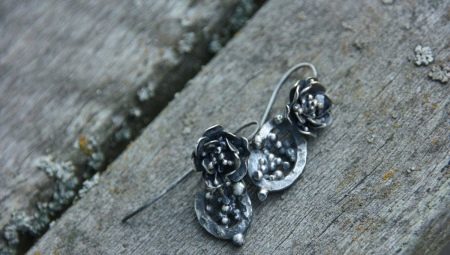Silver is a noble metal in high demand in the jewelry market. This is due to its unique properties and affordability.
Silver jewelry is in perfect harmony with any scattering of precious stones; they are ideal for almost all the fair sex. In addition, this the type of metal is resistant to various jewelry treatments, including the oxidation process. Let us consider in more detail what this method of changing the appearance of the metal represents.
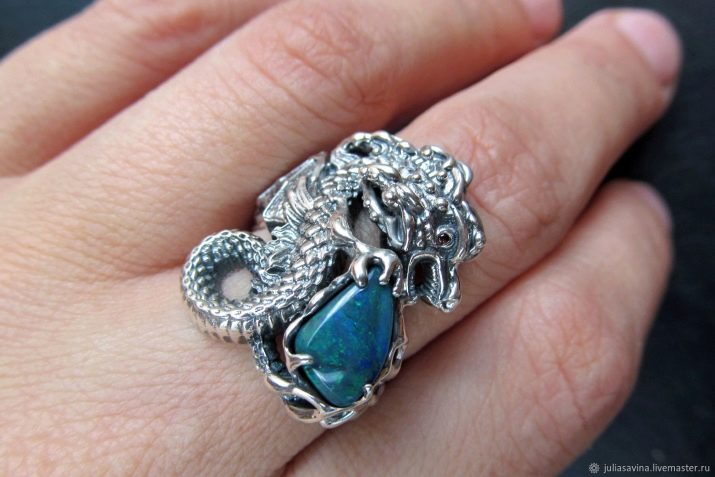
What it is?
Silver oxidation is a procedure using special chemicals, during which the surface of the metal is enveloped in a protective film consisting of silver oxide.
As a result of this processing method, the decoration changes color, becomes resistant to adverse external influences.
Oxidized metal processing has two significant advantages.
- The appearance of silver jewelry is radically changing.
- Increases the resistance of the metal to the negative effects of the external environment.

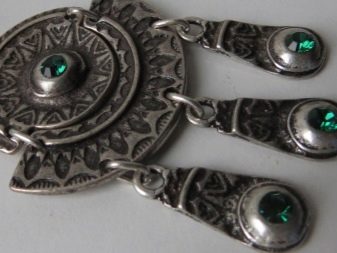
Special solution, in which the direct oxidation process is carried out, is prepared separately. It has a specific shelf life of 24 hours. After a day, the solution is no longer recommended, since it loses its properties. The product is processed by heating a chemical fluid.
The result of staining silver depends on the temperature of the solution: the higher it is, the more saturated the color of the product will be.
Oxidized silver during processing may acquire one of 4 possible color coatings: blue, gray, purple or black. It all depends on at what point the jewelry, subject to this method of chemical attack, will be removed from the working solution.
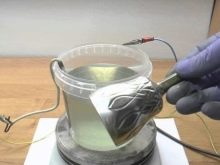
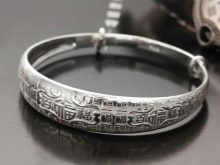
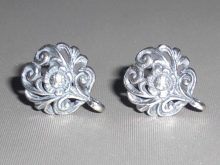
How is oxidation going?
Oxidation of silver is a multi-stage process, which includes the sequential implementation of several stages.
- Preparation of a special solution.
- A silver product is placed in a chemical liquid.
- The solution is heated. In this case, control over the interaction of metal and chemicals that make up the working solution is necessary.
- After completion of the process, the product is removed from the solution using a special device made of wood, cooled and thoroughly washed in ordinary water.
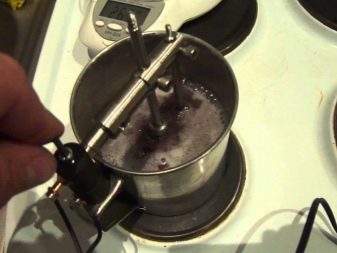

To prepare the solution necessary for metal oxidation, you should use sulfuric liver, which is a mixture of potassium carbonate with potassium sulfide (percentage ratio of 1 to 1 or 1 to 2). The listed components are mixed in water until they are completely dissolved, and then the resulting solution is heated to a temperature of 80-90 degrees.
Before oxidizing silver, it must be carefully wipe with alcohol or gasoline. This will degrease it and prepare for the processing process.
If the coloring is supposed to be done only on one specific area of the product, then using a swab or brush, the solution is applied only to this selective area of the processed jewelry.
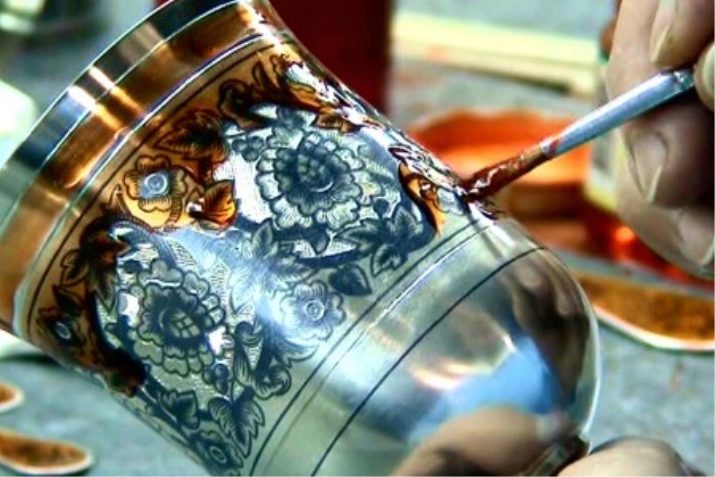
In the case when the color of the entire product changes, then silver jewelery immersed in a chemical fluid in its entirety. Successful fixation of the result is possible only with a gradual decrease in the temperature of the metal after oxidized treatment.
At the end of the oxidation procedure, the surface of the silver jewelry is treated with chalk and wiped with a cloth made of felt. To consolidate the result, polish the finished product.
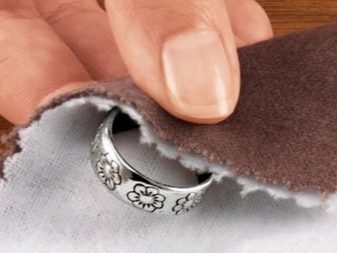
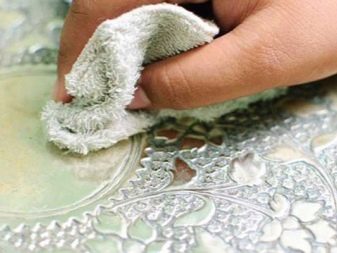
If the jewelry is inlaid with precious stones, then you should not worry about the integrity of the product during its oxidation.
During processing, only metal (silver) enters into a chemical reaction, and the appearance of the stones will remain unchanged.
In specialized workshops, oxidation is carried out by electrolytic deposition. The chemical fluid in which the silver processing will take place is heated to only 18-22 degrees. The time of immersion of silver in the solution is no more than half an hour. After oxidation, the jewelry is dried at a temperature in the range of 60-70 degrees Celsius.

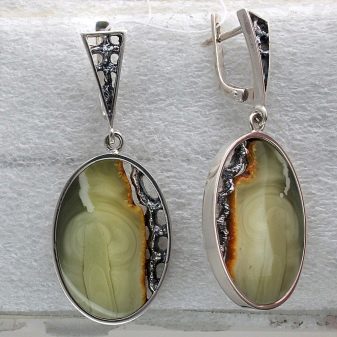
Result Features
In the course of oxidation, silver jewelry passes through gray treatment, due to which silver takes on a brighter and more saturated shade. Due to the formed protective film, new colors appear that persist for a long time.
Polishing allows you to highlight the convex parts of the product, since they return a natural shine, and concave parts acquire a pronounced dark shade.
The resulting protective layer has an increased level of strength, so silver will be protected from various kinds of factors of adverse effects from the outside. Besides, due to the surface layer, silver will not darken.
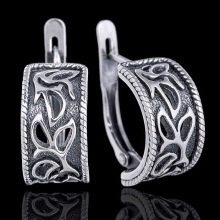


Oxidized silver is maintenance free. However, if you need to clean the silver jewelry, you need to be extremely careful, because the use of brushes can damage the thin protective layer.
Therefore, it is recommended either to use the services of a jewelry workshop, or to carry out gentle cleaning using a dry cloth and rags treated with soapy water.
Unfortunately, over time, the protective oxidized layer tends to thin out, therefore after a certain period of time, the sulfur treatment procedure is recommended to be repeated.
The process of silver oxidation, see the next video.
